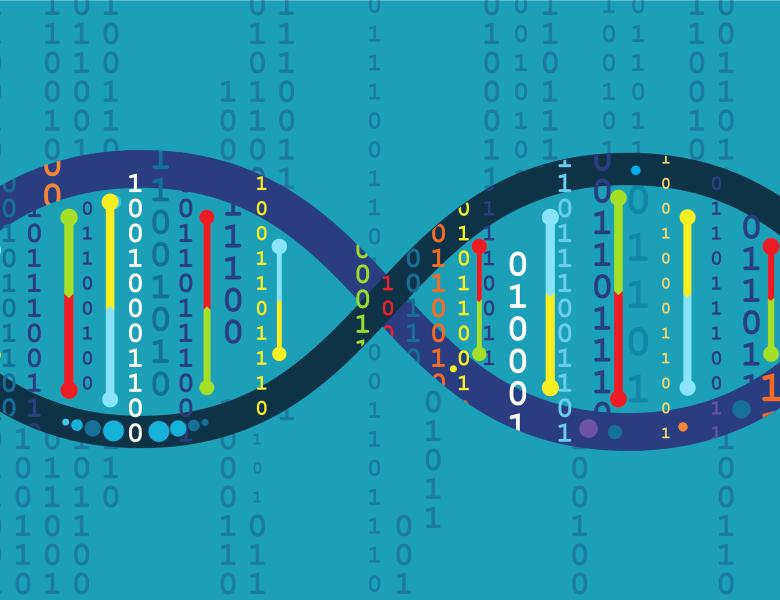
Abstract
A powerful method to study the genotype-to-phenotype relationship is the systematic assessment of mutant phenotypes using genetically accessible model systems. We have developed and applied methods for quantitative analysis of genetic interactions in double mutants using yeast colony size as a proxy for cell fitness. Our global digenic interaction network reveals a hierarchy of functional modules, including pathways and complexes, bioprocesses and cell compartments. We have also expanded our systematic genetics pipeline to include single cell image-based readouts and arrays of yeast strains expressing GFP-tagged proteins for exploration of proteome dynamics and the effects of genetic perturbations on subcellular compartment morphology. Recently, we have leveraged the principles about genetic networks that we discovered in yeast to map genetic interactions in human HAP1 cells using genome-wide CRISPR/Cas9 screens. Our yeast work guided our selection of query genes to screen and provided a road-map for extraction of functional information from the resulting data. The interactions screened to date include more than 85% of the genes in the human genome that are expressed in HAP1 cells, and as was observed in yeast, interaction profile similarity is highly predictive of gene function. I will describe our results in the context of our ongoing efforts to discover the principles of genetic networks in yeast and apply what we learn to understand the functional organization of the human genome.


